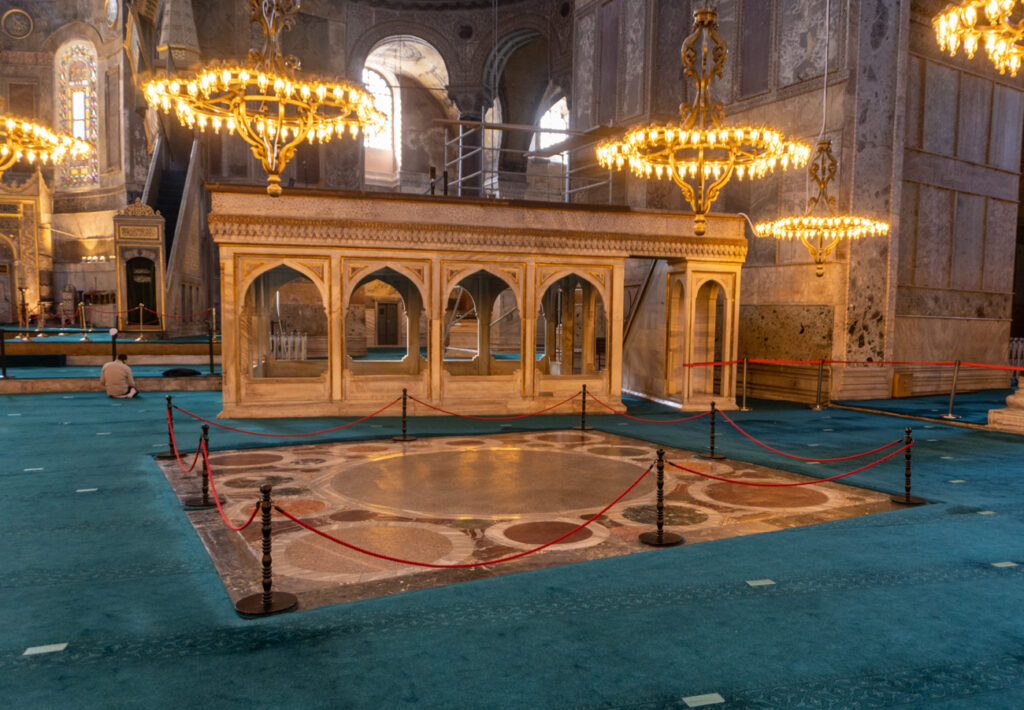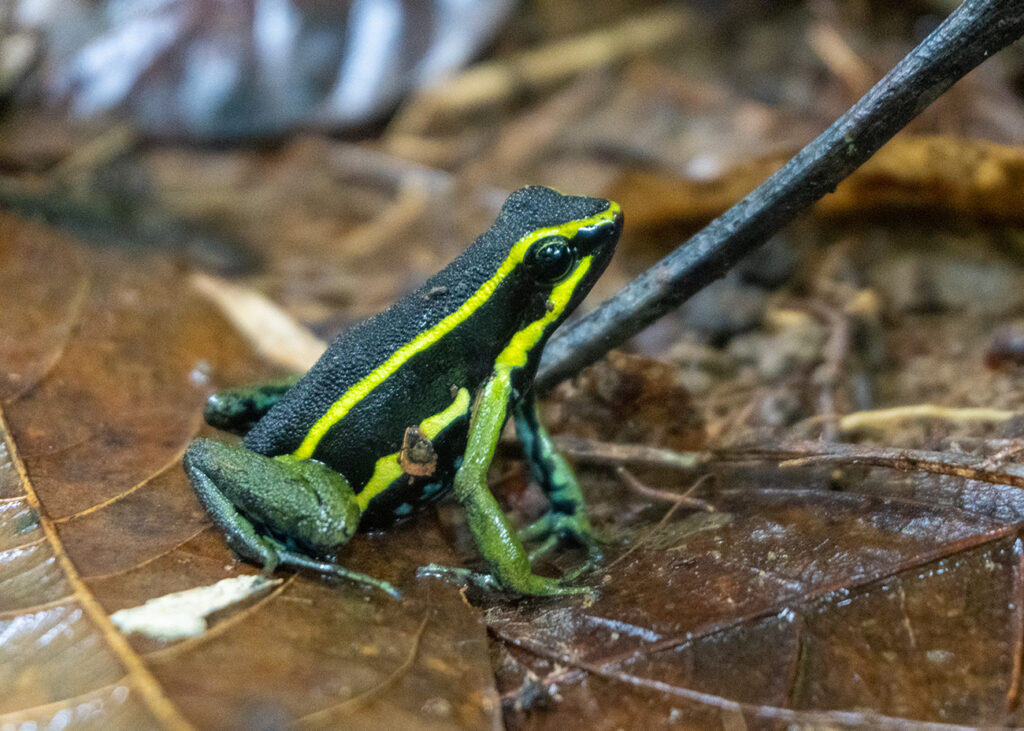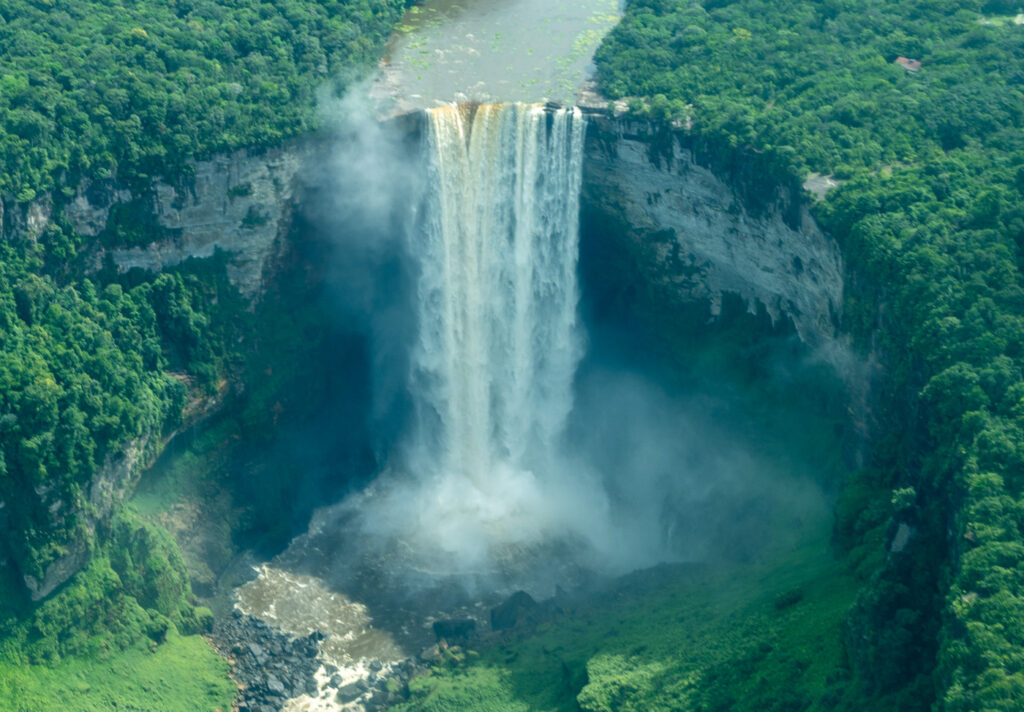 This was my first visit to the Hagia Sophia since it was converted from a Museum back back into a Mosque in July 2020. It turns out the conversion wasn’t merely some kind of symbolic gesture, but a full conversion to a normal working mosque. (But tourists, both Muslim and others, are still very welcome.)
This was my first visit to the Hagia Sophia since it was converted from a Museum back back into a Mosque in July 2020. It turns out the conversion wasn’t merely some kind of symbolic gesture, but a full conversion to a normal working mosque. (But tourists, both Muslim and others, are still very welcome.)
Like any other mosque, you take your shoes off before entering the now carpeted interior. Both men and women are allowed on the main floor, but the side areas are reserved for women.
One piece of good news is that the restoration scaffolding which had cluttered up the interior for decades is finally gone. So it’s possible to fully appreciate the vast, uncluttered, interior space under the great dome. It must have been truly awe inspiring to walk into this immense space in the 6th century, when it was both the greatest Church in Christendom and the largest enclosed space in the world.
The main church axis is slightly misaligned with the direction to Mecca, by roughly 15 degrees. As a result, in the Ottoman era the mihrab was placed off-center in the apse and as part of the new conversion the carpet design contains discreet alignment lines to help the faithful point themselves correctly. (At the moment there are also temporary stickers to mark out social distancing during prayer.)
| Fortunately, the Omphalion, the coronation spot of the Emperors, has been left uncarpeted and is protected by guard ropes. So innocent tourists don’t have to worry about accidentally standing on it and committing High Treason. (Although it’s a while since anyone has actually been executed for this. Not even richly deserving small children.) |
 |
| The Mary and Child mosaic over the apse seems to have been problematic. So, perhaps to avoid any impression that the faithful are praying “to” it, it has been carefully obscured with drapes. You can still see all of it if you move from side to side, but apparently it is sufficiently masked to satisfy religious sensibilities. (Other religious mosaics on the ground floor have been left undisturbed.) |
 |
Right now the upper galleries, which contain some fine mosaics, are closed off for restoration. I hope they reopen soon.
 I successfully made it up on to the Greenland Ice Cap on Sunday, near Kangerlussuaq. This was the Point 660 Tour with Albatros Arctic Circle.
I successfully made it up on to the Greenland Ice Cap on Sunday, near Kangerlussuaq. This was the Point 660 Tour with Albatros Arctic Circle.












